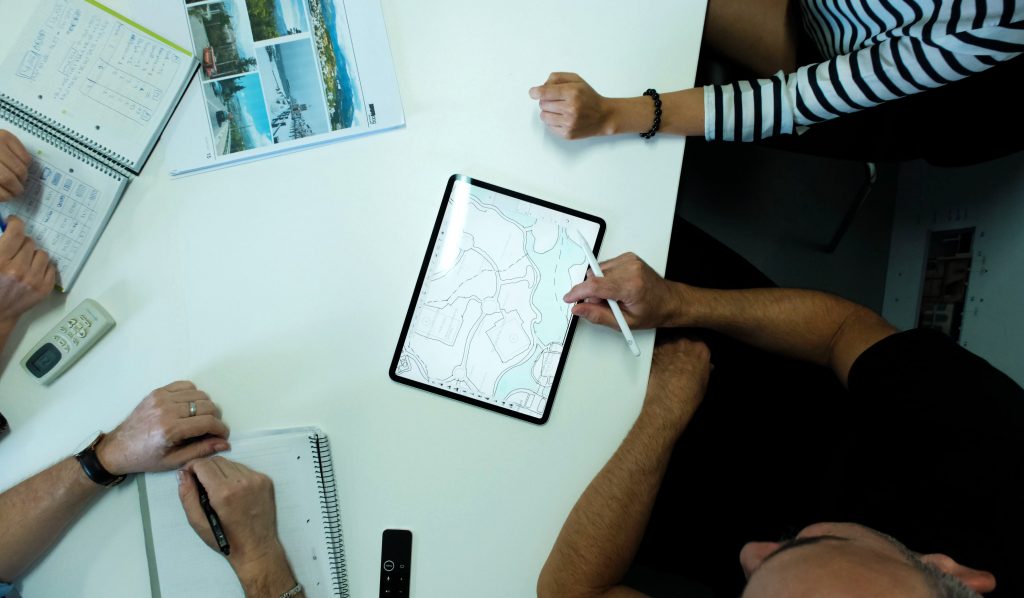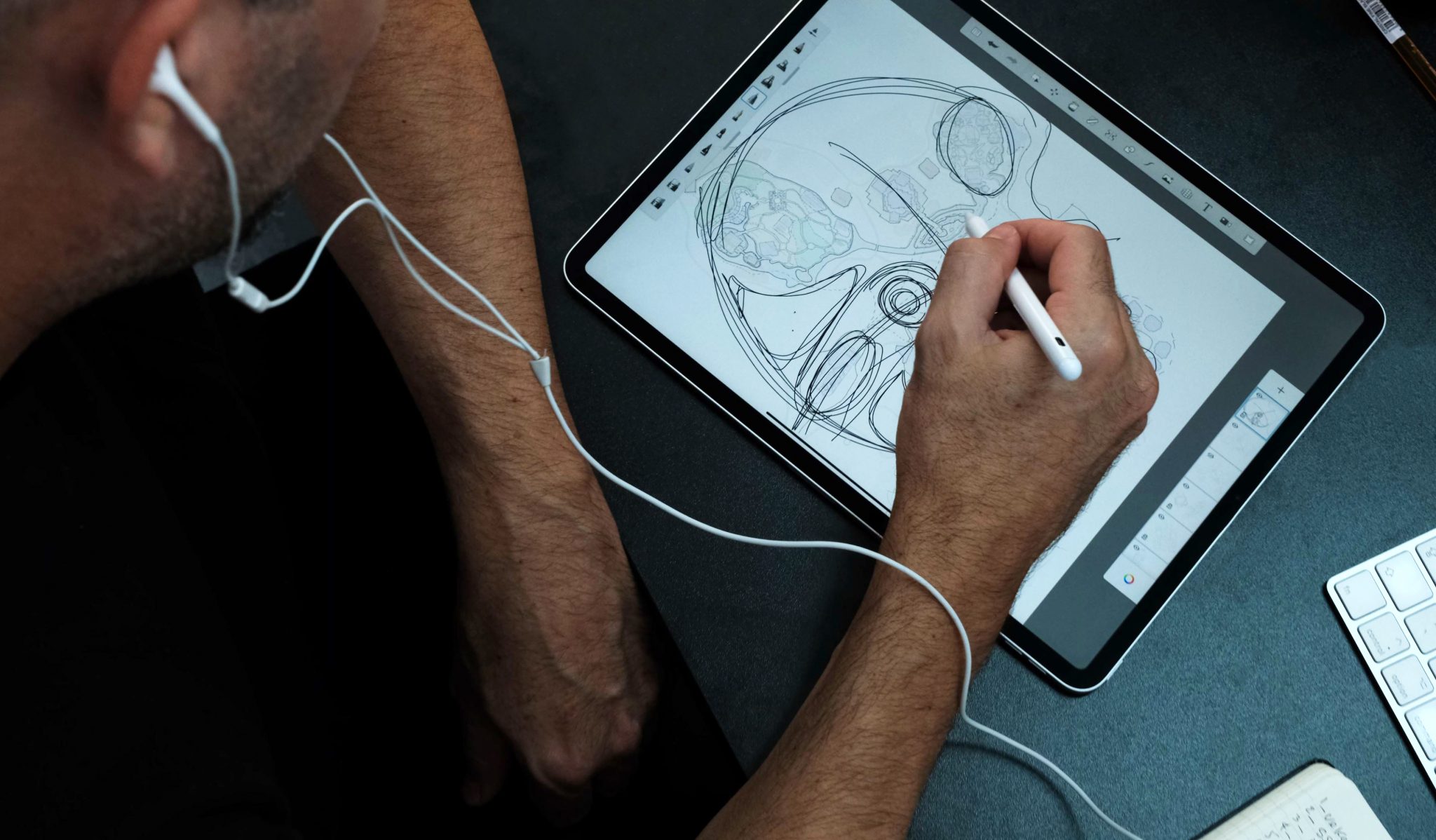A theme park designer is responsible for the creation and development of theme parks. They work with a team of architects, concept artists, and master planners to create themes, designs, and layouts for these parks. The goal of a theme park designer is to create an immersive experience for guests that will keep them coming back for more. These designers must have a strong understanding of both the creative and technical aspects of attraction design to be successful.
Creates Concepts and Designs for new Theme Parks
The creative aspect of theme park design involves coming up with ideas for new attractions and experiences that will be appealing to guests. This includes conceptualizing themes, designing layouts, and creating storyboards or models to visualize the proposed attraction.
The design process often begins with brainstorming sessions where designers work together to come up with ideas. Once an idea has been selected, the team will create a concept design that fleshes out the details of the attraction; this may involve creating storyboards, sketches, or 3D models. The concept design is then presented to the client for approval before moving on to the next stage of development.
Develops Plans and Layouts for Theme Parks
If you have ever been to a theme park, you know that there is a lot of planning and thought that goes into the layout and design. The same is true for the development of new theme parks. Theme Park designers take various factors into account, factors such as the size and shape of the land, the climate, the local culture, and the target market.
When developing a new theme park, the first step is to create a master plan. This plan will include an overall layout of the park, as well as specific details for each area. The designer must then create a model of the park, which will be used to test different concepts and designs.
Once the master plan and model are complete, the next step is to begin construction. This phase includes clearing the land, building infrastructure, and putting up rides and attractions. The construction process can take several years to complete, depending on the size and scope of the project.

Testing and Evaluating Proposed Theme Park Designs
The technical side of theme park design focuses on making sure that the attraction can be safely built and operated. This includes developing construction plans, researching building materials, and testing prototypes. The engineering team also evaluates the feasibility of the design from a financial standpoint. They make sure that the project can be completed within the budget and that it will generate enough revenue to be profitable.
The evaluation process is essential to the success of any theme park project. Without it, there is no way to know if the design will actually work in practice. The testing phase allows for modifications to be made before the park opens to the public which can save a lot of money and prevent accidents from happening further down the line.
There are many different ways to test a proposed theme park design. Computer simulations are often used to evaluate the safety of rides and attractions, scale models can be built to test construction methods and materials, and full-size prototypes can be constructed to test operations and procedures.
Contact Scruffy Dog Creative Group
For eclectic theme park design solutions bound to deliver unbridled joy to visitors of all ages, get in touch with our team at Scruffy Dog Creative Group today. Click here to fill out our ‘Contact Us’ form, give us a call at 02034684220, or drop us an email at info@scruffydogltd.com.

